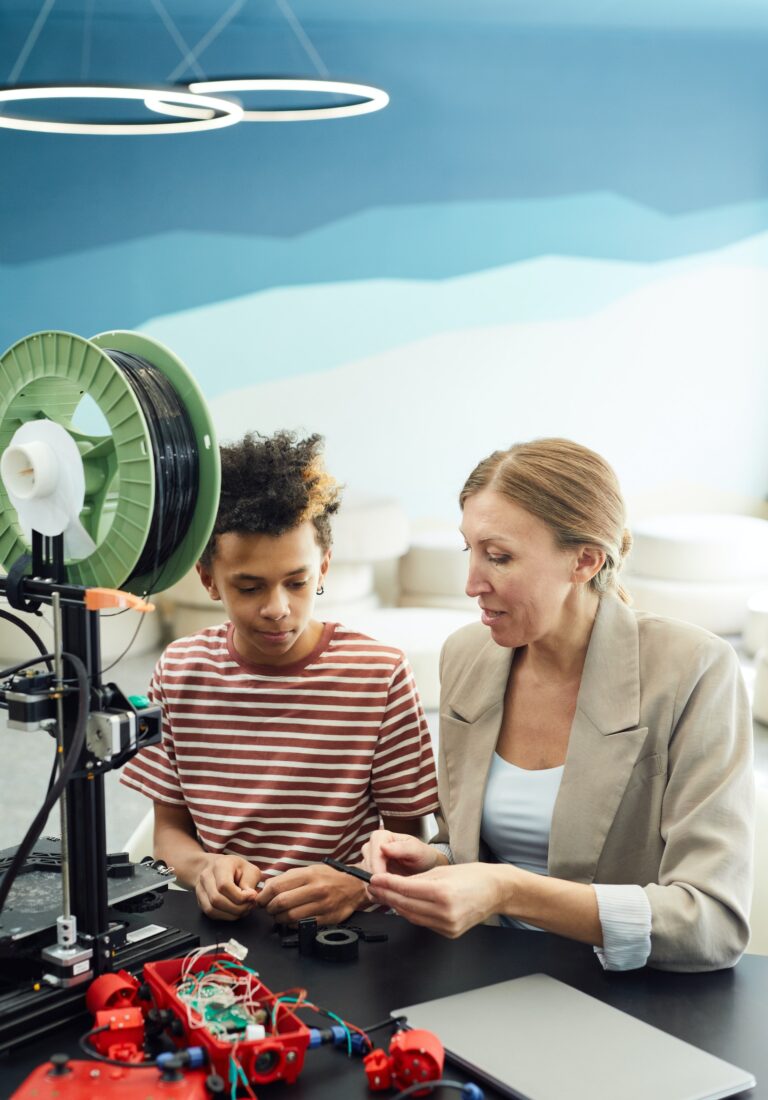Sparking Creativity When Life Feels Monotonous
No matter how creative you are, everyone inevitably experiences the uninspired “lull” — a slump of nuisance or inconvenience, that can more often than not, get you down — especially when you don’t know how to wade those sorts of waters. A lack of inspiration can put someone’s entire career on hold and in the worst cases, in jeopardy. Keeping your creative juices flowing, is important and can help you perform better, regardless of your profession, or age.
Routine
The first step in ironing out creative wrinkles is to identify what your current routine is. We are by all means and purposes — creatures of habit — and when we understand what parts of a routine are no longer serving us, we’re one step closer to sparking creativity. What do you do when you first wake up? What does the middle and end of your day look like? Answering these questions are crucial to finding creative freedom once again.
Exercise
What can you add in now that you’ve freed yourself from the burden of an old habit? Including some form of exercise such as walking, running, weight-lifting, or body weight training can not only get your blood flowing, but those innovative ideas moving as well.
Escaping Monotony
If that doesn’t work, all hope is lost — if you don’t take your mind off the task that is. Doing something completely unrelated might be just what you needed. By focusing on other tasks, this allows for the exploration of new ideas and solutions to difficult problems. Mow the lawn, learn an instrument, clean your house, “wax-on-wax-off”, it will all be worth it to find that spark again.
Look to the Greats for inspiration, whatever the field, by viewing the best in class we can learn something we didn’t know before. Take Michelangelo Buonarroti for example. He strived to excel at every task. He was a well-known and gifted sculptor. Then he was tasked to paint. He made sure that he was the best at that, too. He showed that when you combine hard work with incredible skill, everything becomes more attainable. By breaking out of our molds and changing the way we view leisure time, we create boundless opportunities for creativity and ourselves!


